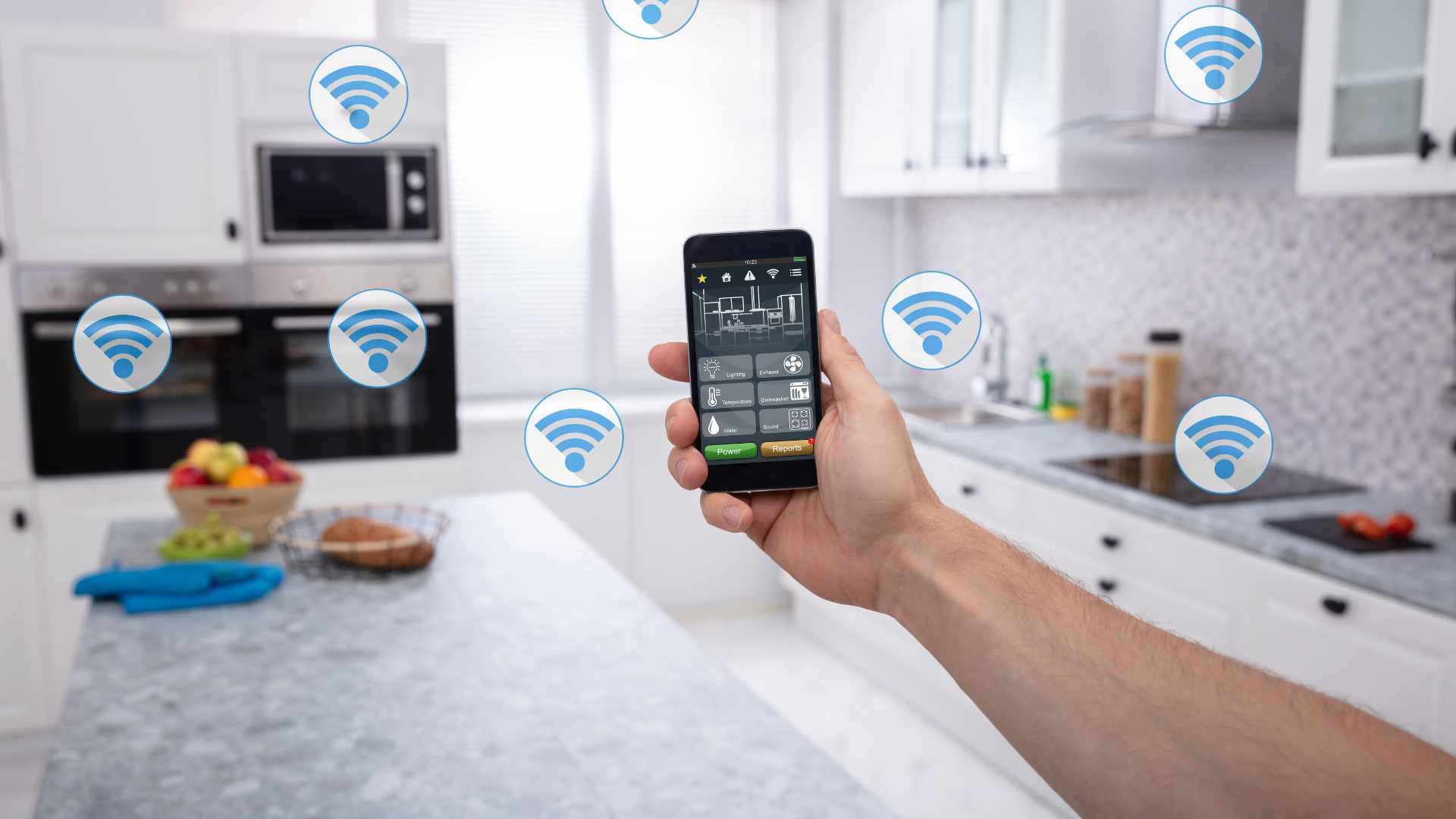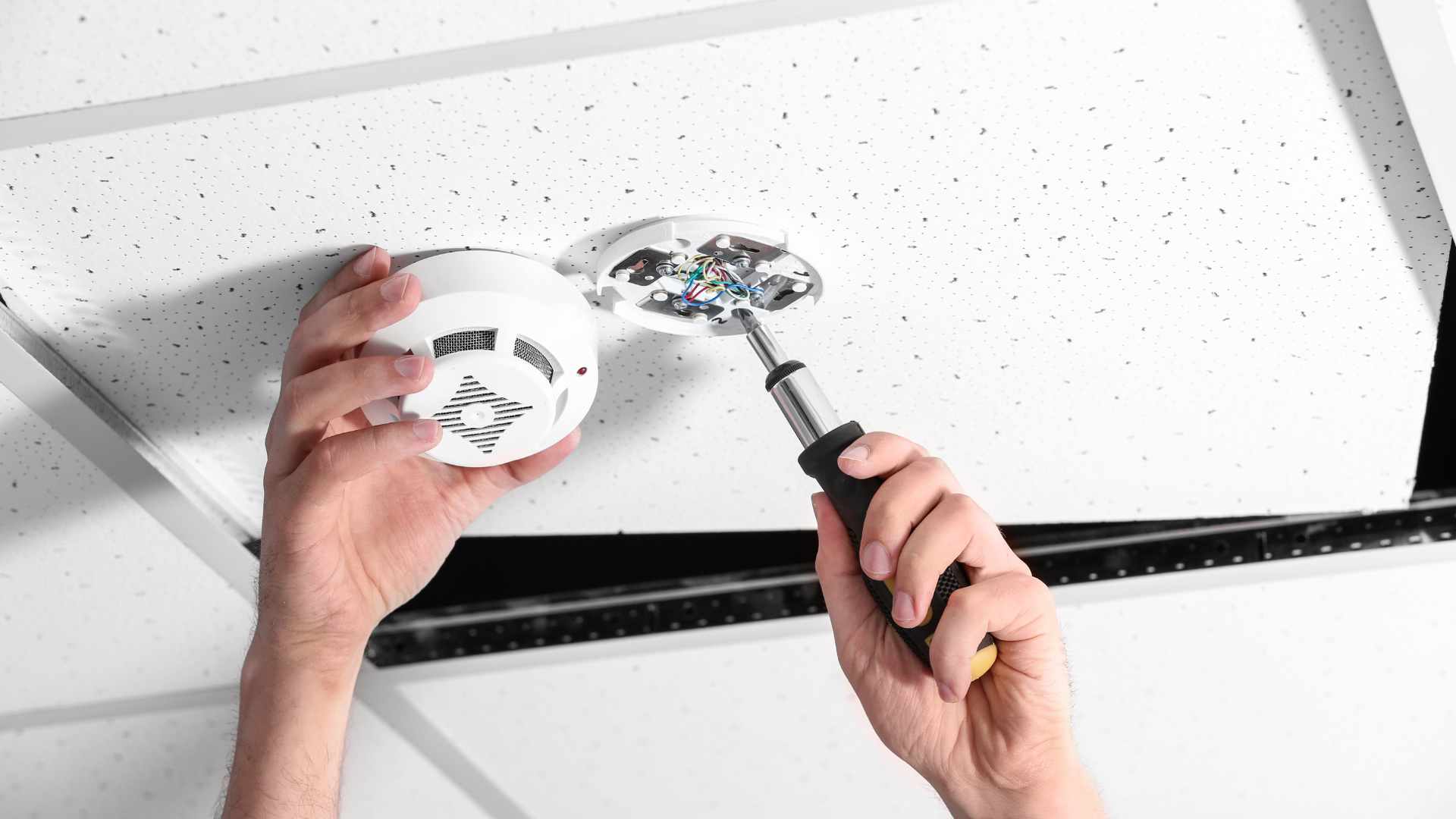Perimeter alarm systems, designed to detect and deter intruders before they can gain access to a property, are increasingly seen as a vital component of comprehensive security strategies. These systems offer a first line of defence, utilising advanced technology to monitor a property’s boundaries and alert owners to potential threats.
The decision to invest in a perimeter alarm system is significant, often involving considerable financial outlay and ongoing maintenance. As such, weighing the benefits against the costs is crucial to determining if such an investment is worthwhile. This blog explores the various aspects of perimeter alarm systems, from their functionality and benefits to potential drawbacks and real-world effectiveness.
By the end of this discussion, you’ll have a clearer understanding of whether a perimeter alarm system is the right choice for your security needs, providing peace of mind and enhanced protection for your property.
Considerations Before Investing In Perimeter Alarm Systems
Investing in perimeter alarm systems is a crucial measure to guarantee the security and safety of your property. The following considerations are essential to making an informed decision and tailoring the security measures to your needs.
Locks
- Material and Strength: Use locks made from hardened metal alloys to withstand destructive entry attempts.
- Protection Against Cutting: To prevent easy breaches, ensure that the hasp, chain, or other securing elements are as strong as the lock.
- Preventing Covert Entry: Consider measures to protect against lock bumping and picking, though these are less common than destructive entry.
Walls
- Height vs. Visibility: Higher walls provide better security and privacy but reduce visibility. Consider the balance between height and the need for surveillance.
- Additional Security: Implement measures such as security cameras or guards to monitor high walls effectively.
- Controlled Vulnerability: Use walls to force entry attempts to specific, more easily monitored points.
Fencing
- Flexibility and Options: Choose from various materials and designs to balance security, aesthetics, and budget.
- Weak Points: Regularly inspect and maintain fences to prevent breaches due to wear, vandalism, or environmental factors.
- Enhancements: Consider electrification or barbed wire for added security where necessary.
Gates
- Locking Mechanisms: Use secure locks appropriate for the type of traffic (pedestrian or vehicular). Electronic locks may be ideal for high-traffic areas.
- Design and Strength: Ensure the gate is robust enough to resist forced entry or tampering.
- Controlled Access: Gates should be the only entry points past the perimeter and integrated with access control systems.
Lighting
- Illumination: Proper lighting is essential to eliminate shadows where intruders could hide. Motion-activated lights are particularly effective.
- Visibility: Ensure that lighting covers all critical areas and is not obstructed by trees or other objects.
- Attention: Use lighting to draw attention to potential breaches from residents or nearby individuals.
Alerts And Notifications
- Alarm Systems: Integrate alarm systems that can quickly notify security personnel or authorities in case of a breach.
- Monitoring: Use systems allowing real-time monitoring and quick response to alerts.
- Smart Technology: Consider smart locks and access systems that log and notify of unauthorised access.
CCTV Cameras
- Quality: Invest in high-quality cameras that capture clear footage in various lighting conditions.
- Placement: Strategically place cameras to cover all vulnerable points and ensure footage is usable for security purposes.
- Integration: Link cameras with other security systems, such as alarms and access controls, for comprehensive coverage.
Natural Barriers
- Positive Barriers: Utilise natural features like bodies of water or difficult terrain to enhance security.
- Negative Barriers: Be aware of natural elements that could aid intruders, such as dense foliage providing cover.
- Compensation: Adjust security measures to account for any natural barriers that may impact the effectiveness of your perimeter security.
Aesthetics
- Balance: Find a balance between aesthetically pleasing designs and practical security measures.
- Neutral Impact: Ensure that design choices do not negatively impact the property’s security.
- Security First: Prioritise security needs and then make those measures visually appealing.
Access Control
- Management: Implement systems to manage who has access to the property, including physical keys, RFID, or biometric systems.
- Trust and Responsibility: Ensure that those with access are trustworthy and aware of the importance of securing their access.
- Preventing Duplication: Use patented keys to prevent unauthorised duplication and maintain control over who can access the property.
Integration And Analytics
- System Integration: Ensure all security system elements work together seamlessly to provide comprehensive protection.
- Real-Time Analysis: Use video analytics and other technologies to detect threats in real-time and respond appropriately.
- Continuous Improvement: Regularly review and upgrade security measures to adapt to new threats and improve overall effectiveness.
Investing in perimeter alarm systems requires careful consideration of various factors, including the strength and type of locks, the design of walls and fences, effective lighting, reliable alert systems, and integrated access controls. Balancing aesthetics with practical security measures and leveraging natural barriers can enhance the overall effectiveness of your security strategy.
Installation And Maintenance
Maintenance And Service
Schedule routine maintenance to ensure all security system components function properly. Work with security providers who offer service agreements that include regular inspections and quick responses to any issues. Stay updated with the latest security technology advancements and incorporate upgrades to enhance system performance.
Budget Considerations
Avoid compromising on quality for cost, as investing in durable and reliable security solutions will save money in the long run. Opt for bespoke security solutions tailored to your needs and budget. Consider perimeter security a long-term investment; high-quality systems may have higher upfront costs but provide better security and require less frequent replacement or repair.
Environmental Impact
Choose security solutions that are environmentally friendly and sustainable. Implement energy-efficient lighting and systems to reduce the environmental footprint and operational costs. Use durable, weather-resistant materials to ensure longevity and reduce waste.
Legal And Regulatory Compliance
Ensure all security installations comply with local regulations and industry standards. When installing cameras and other monitoring equipment, be mindful of privacy laws to ensure that your surveillance practices do not infringe on privacy rights. Additionally, check if your security measures meet the requirements of your insurance provider, as this may offer benefits or discounts for robust security systems.
Employee And Resident Training
Conduct training sessions for employees or residents to educate them about the security measures and their roles in maintaining security. Ensure everyone knows what to do in case of an alarm or breach, including how to evacuate safely and whom to contact. Establish clear protocols for reporting suspicious activities or security breaches.
Scalability And Future-Proofing
Choose security systems that can be easily expanded or upgraded as your security needs grow. Ensure new security technologies can be integrated with existing systems to enhance capabilities without requiring a complete overhaul. Plan for future security needs and potential threats to ensure long-term protection and adaptability.
Community Engagement
Encourage community involvement in security through neighborhood watch programs. Work with neighboring properties to implement collective security measures for wider protection. Establish communication channels for sharing security alerts and information with the community.
Investing in perimeter alarm systems involves a comprehensive approach that covers various aspects, from physical barriers like walls and fences to advanced technologies such as CCTV and smart locks. It is crucial to balance cost with quality, ensure regular maintenance, and comply with legal standards. Training and community involvement also play significant roles in enhancing overall security. Considering these things, you may build a strong perimeter security system that protects your property and offers peace of mind.
Conclusion
Perimeter alarm systems are essential to comprehensive security strategies designed to detect and deter intruders before they can access a property. These systems use advanced technology to monitor a property’s boundaries and alert owners to potential threats. The decision to invest in a perimeter alarm system is significant, often involving considerable financial outlay and ongoing maintenance. However, weighing the benefits against the costs is crucial to determine if such an investment is worthwhile.
Perimeter alarm systems consist of various components, including a control panel, alarm keypad, remote controls, sirens, window sensors, motion detectors, beam sensors, magnetic Reed Switches, seismic detectors, glass break detectors, smoke alarms, industrial alarms, key fob remotes, perimeter fencing alarms, video surveillance integration, and environmental sensors.
Additional considerations for investing in perimeter alarm systems include the material and strength of locks, protection against cutting, height vs. visibility, additional security measures, controlled vulnerability, and the flexibility and options of fencing, gates, lighting, and alerts and notifications.
Locks should be made from hardened metal alloys to withstand destructive entry attempts, protect against cutting, prevent covert entry, balance height and visibility, implement additional security measures, consider electrification or barbed wire for added security, use secure locks appropriate for traffic types, ensure gate design and strength, control access, and use proper lighting to eliminate shadows and draw attention to potential breaches.
Alarm systems should be monitored 24/7 by a security company to ensure their effectiveness and reliability. By considering these factors, homeowners can decide whether a perimeter alarm system is the right choice for their security needs.
FAQs About Perimeter Alarm System
How Do Perimeter Alarm Systems Differ From Regular Alarm Systems?
Perimeter alarm systems focus on detecting intrusions around a property’s boundary, while regular alarm systems typically monitor entry points like doors and windows inside a building.
Are Perimeter Alarm Systems Suitable For All Types Of Properties?
Yes, perimeter alarm systems can be customised to suit various properties, from small residential homes to large commercial complexes.
What Are The Best Brands For Perimeter Alarm Systems?
Some of the top brands include Honeywell, ADT, Bosch, and Hikvision, each offering a range of systems to fit different security needs and budgets.
How Often Should I Maintain My Perimeter Alarm System?
It’s recommended that maintenance checks be performed at least once a year, though more frequent checks may be necessary for high-risk properties or advanced systems.
Can Perimeter Alarm Systems Be Integrated With Smart Home Devices?
Many modern perimeter alarm systems can be integrated with smart home devices, allowing for enhanced control and monitoring through mobile apps and smart home hubs.


